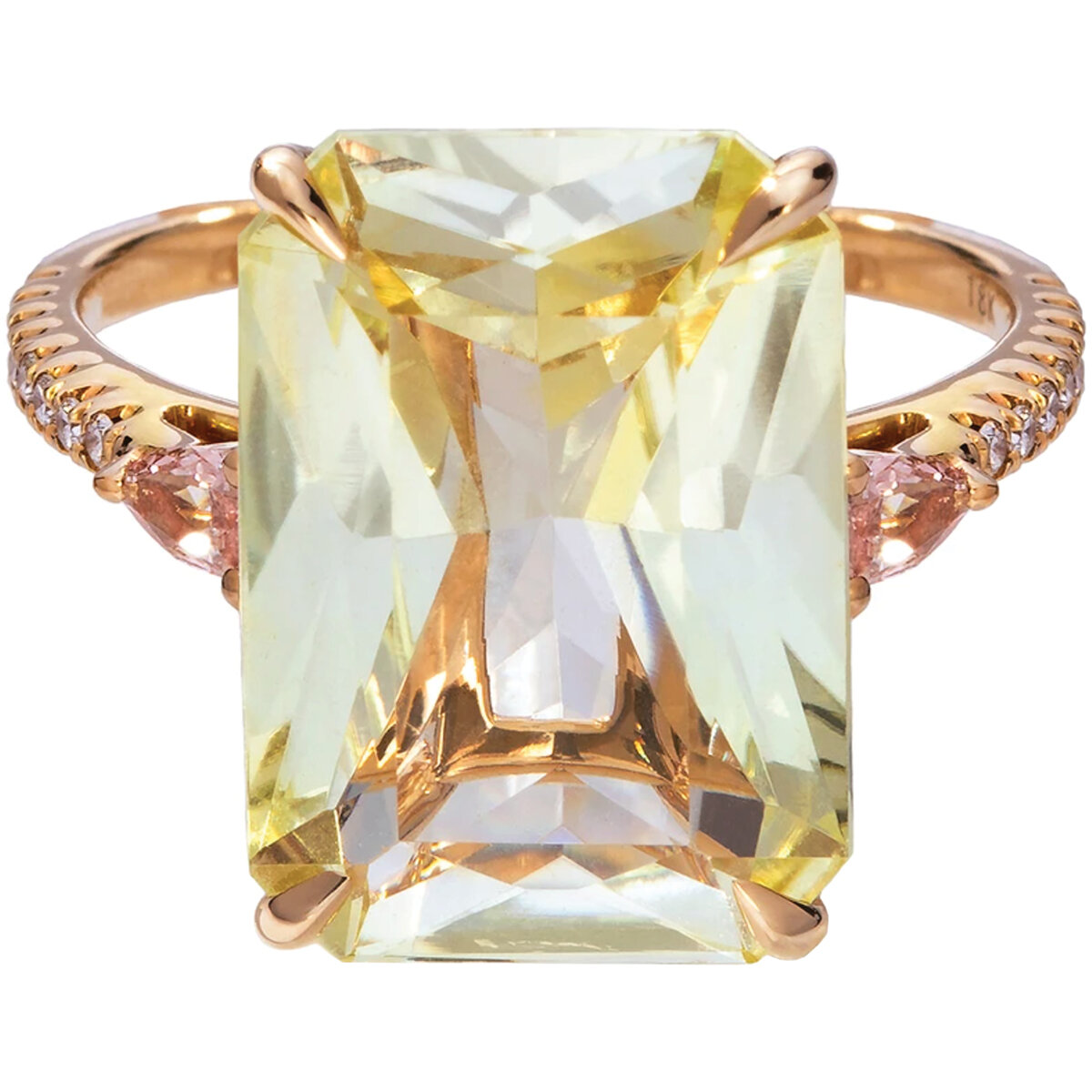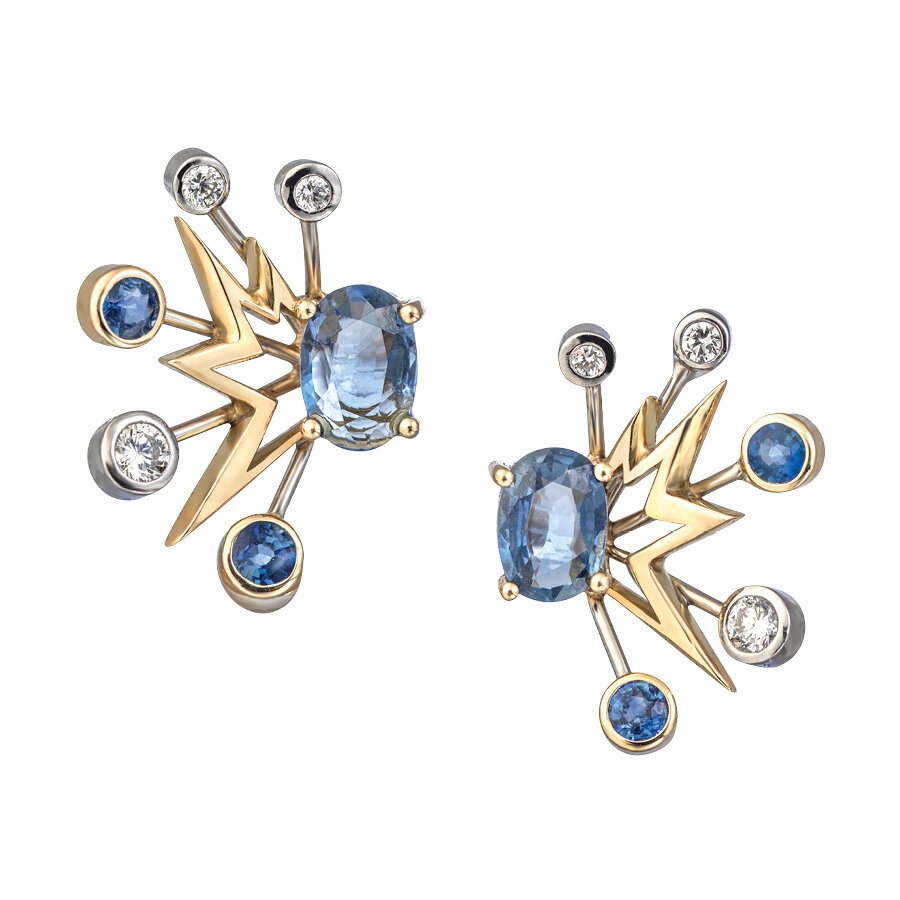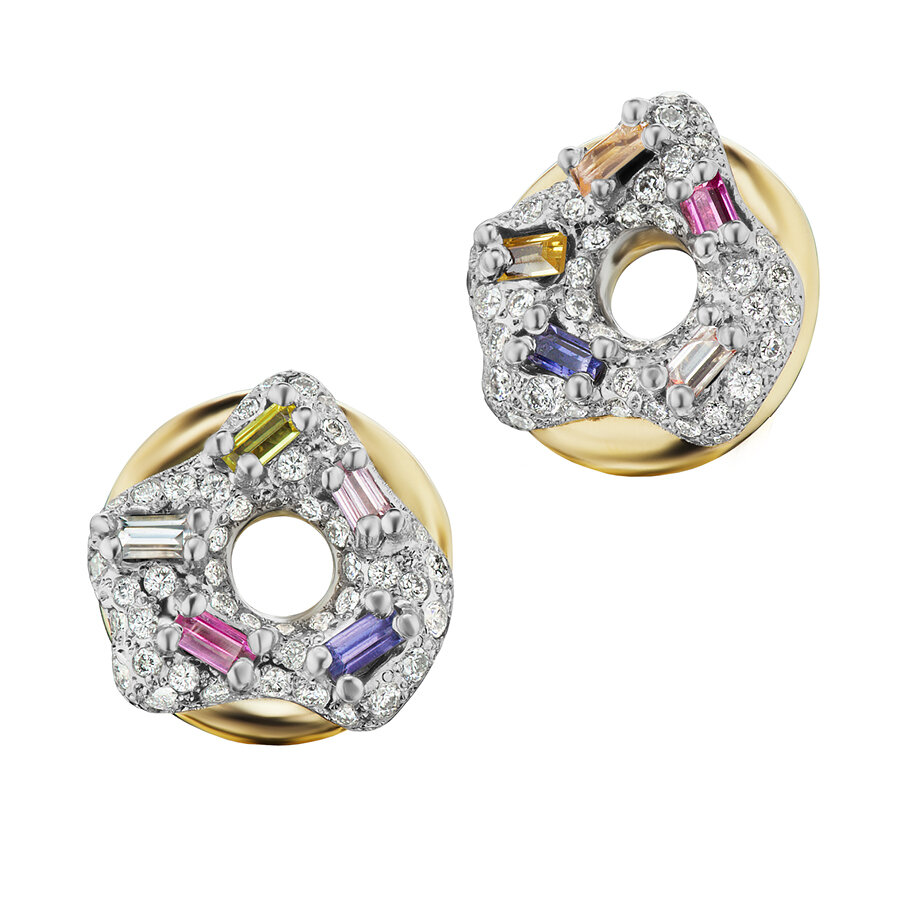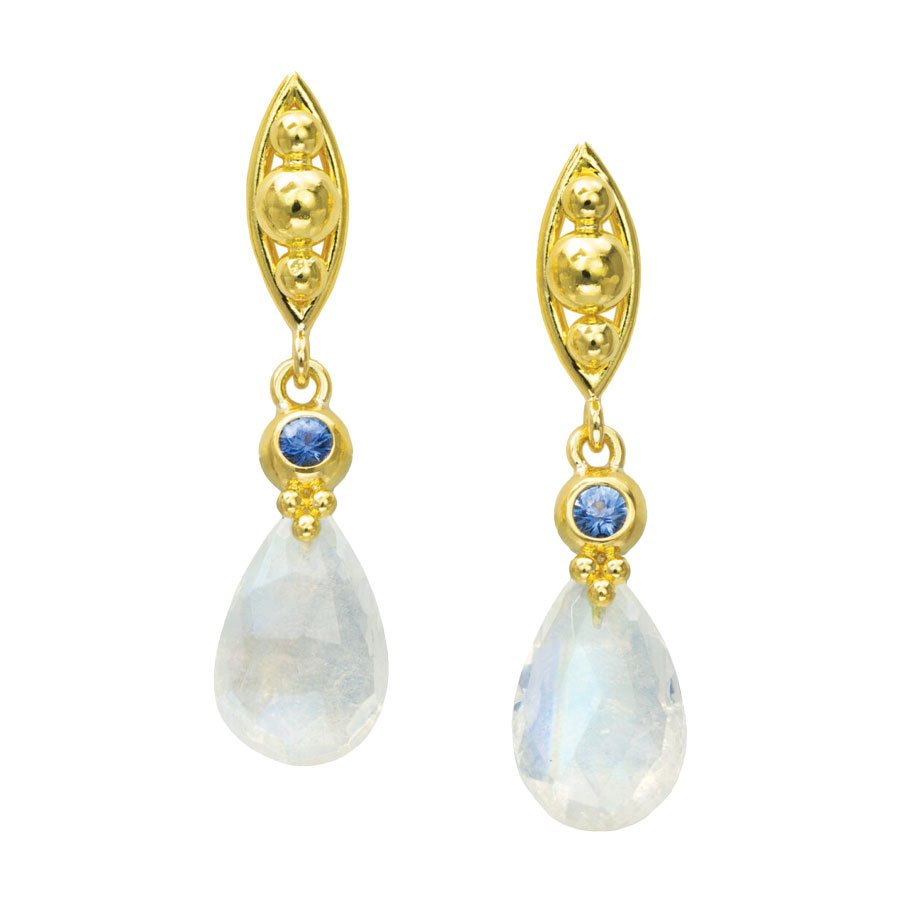Sapphires and Chardonnay: A Sparkling Tasting
A PAIRING OF SAPPHIRES + CHARDONNAY BY WOMEN WINEMAKERS
What do wine and gemstones have in common? They are both expressive of “terroir” - of the earth!
Just as elements in the soil determine the way a wine tastes, minerals present in the earth when a gemstone was formed impact the way it looks. This Sparkling Tasting series is an engaging, memorable experience to understand “value” and learn questions to ask when buying both gemstones, jewelry, and wine.
This private experience, presented to accomplished c-suite women executives, was comprised of three “parings” of colored sapphires and chardonnay (made by women winemakers).
Together with a wine expert, we curated three pairings. Guests were told they would be tasting (not in this order):
• an attainable pairing
• a moderate paring
• a most valuable pairing
We then challenged them with a game: guess which pairing is the most valuable!
Guests were given profiles of the wine and the same for each gemstone (i.e. size, origin, cut, treatments, and color). With each wine tasted, the corresponding gemstone was circulated so that every attendee can personally discover the stone.
As the pairings were passed, wine and lively conversation flowed.
At the conclusion of the conversation, everyone made their guess and the most “valuable” pairing was revealed…
WHICH PAIRING IS THE MOST VALUABLE?
Blue Sapphire
Sri Lanka
not heat-treated
2.67 carats
Simon Bize 2016 Savigny-les-Beaune 1er Cru Aux Vergelesses Blanc
Woman Winemaker: Chisa Bize
France
Burgundy
Chardonnay
Parti Sapphire
Nigeria
not heat-treated
2.47 carats
Marnes Blanche 2017 Chardonnay “Les Molates”
Woman Winemaker: Pauline Fromont
France
Jura
Chardonnay
Purple Sapphire
Madagascar
heat-treated
2.63 carats
Oceano 2017 Chardonnay
Woman Winemaker: Rachel Martin
USA
San Luis Obispo, California
Chardonnay
THE BLUE AND BURGUNDY PAIRING IS THE MOST VALUABLE!
The BLUE is approximately 4.2 times more valuable than the PARTI.
The PURPLE is approximately 2.5 times more valuable than the PARTI.
Rarity plays a significant role in dictating the value of any gemstone (and wine)!
The “cornflower” BLUE sapphire is the most valuable because it is NOT heat-treated. Unheated sapphires command a premium in the market because they are rare.
While PURPLE sapphires are more rare than blue, if this particular blue had been heat-treated, their values would be close, with the blue likely being slightly more valuable.
Sapphires with color zones like this PARTI were once not seen as “fine” quality material until recently when people became very interested in uniquely different gemstones. That said, parti sapphires are not as desired in the market as other sapphire colors.
The most important distinction: Beyond what the market dictates, whatever color, cut or size of stone that is uniquely beautiful to you is what matters most!
In the world of COLORED SAPPHIRES, which is your favorite?
SHOP
CURATED SAPPHIRE JEWELRY
Are sapphires good options as engagement rings?
Yes!
Any gemstones that are harder than quartz, a 7 on the Mohs Scale, are great options as everyday and engagement rings.
Diamond is the hardest at 10, which is why they are a popular and pragmatic choice for engagement rings.
Sapphires are also hard at 9, which means they are durable and gorgeous options - with so many color possibilities!
YOUR FINE JEWELRY CONCIERGE WITH INTENTION AND CONNECTION
Whether you are the chairwoman of the board, the CEO of your household, or an industry leader, I help you find jewelry that tells your story, elevates your style, and connects you with your inner power.
The Brilliant Concierge is a personalized experience that curates intentional jewelry, thoughtfully designed by women.
My styling services can help you:
• Edit your current jewelry wardrobe and help you reconnect with key pieces you already have in your collection.
• Identify jewelry wardrobe needs for your next investment to amplify your visibility and ensure you are seen, remembered, and taken seriously.
• Sourcing discerning designer jewelry with intention and connection for you, or a luxury gift for someone you love.
Let’s connect about jewelry that brings what’s inside out!




























